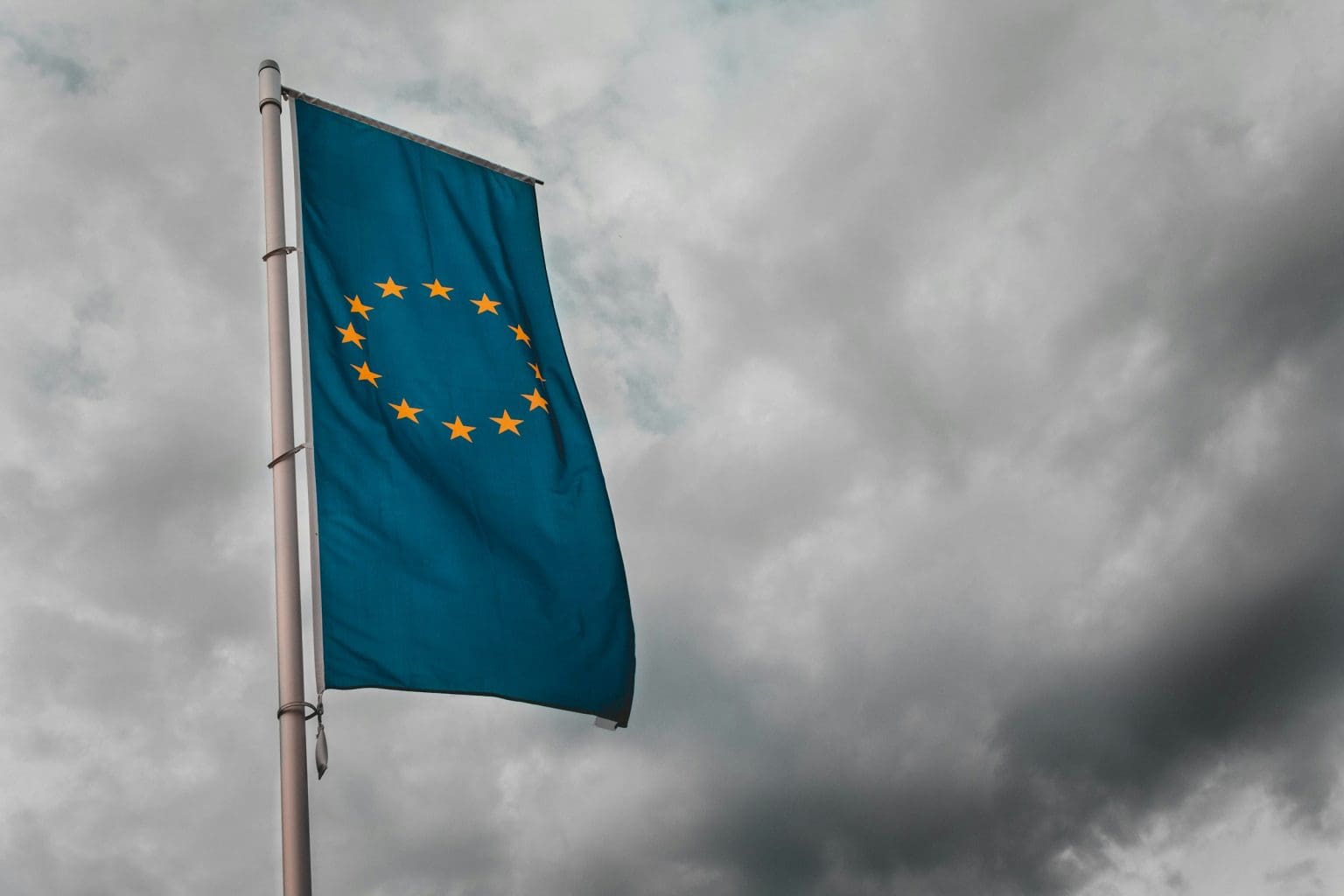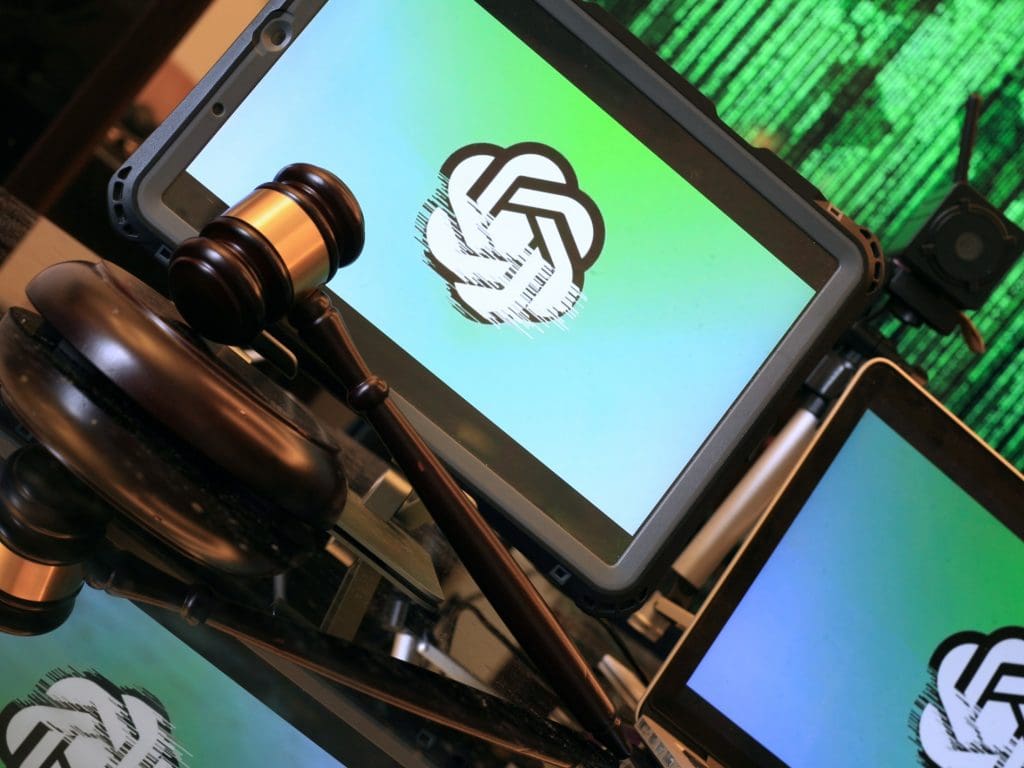In-Short
- The EU AI Act will be fully effective in August 2026, with some provisions active earlier.
- It introduces a risk-based regulatory framework for AI, with special focus on high-risk applications.
- Compliance with the Act can provide businesses with a competitive edge through transparent AI usage.
- Preparation involves staff training, corporate governance, cybersecurity, and ethical AI adherence.
Summary of the EU AI Act
The upcoming EU AI Act is poised to establish a groundbreaking regulatory framework for AI systems, categorizing them based on their potential impact on safety and human rights. This legislation, which will be fully in effect by August 2026, mandates that certain AI systems, especially those considered ‘high-risk’, undergo stringent requirements and assessments prior to deployment.
Organizations operating within the EU will be affected by the Act, regardless of where their AI systems are developed. They will need to classify themselves under specific categories such as ‘Providers’ or ‘Deployers’, among others. The Act’s reach is similar to that of GDPR, emphasizing transparency and accountability.
Experts advise businesses to view compliance as an opportunity to gain a competitive advantage by fostering transparent AI usage. Essential strategies for preparation include staff training, establishing corporate governance, and implementing strong cybersecurity measures. The EU is also developing codes of practice and templates to facilitate compliance.
For those unsure about their obligations, seeking professional guidance and utilizing tools like the EU AI Act Compliance Checker is recommended to ensure alignment with the Act’s requirements.
Conclusion and Further Reading
For businesses looking to stay ahead of the curve, early preparation for the EU AI Act is crucial. By integrating compliance into their operations, companies can not only avoid penalties but also enhance their market position. For more detailed information on the EU AI Act and its implications, please visit the original source.










